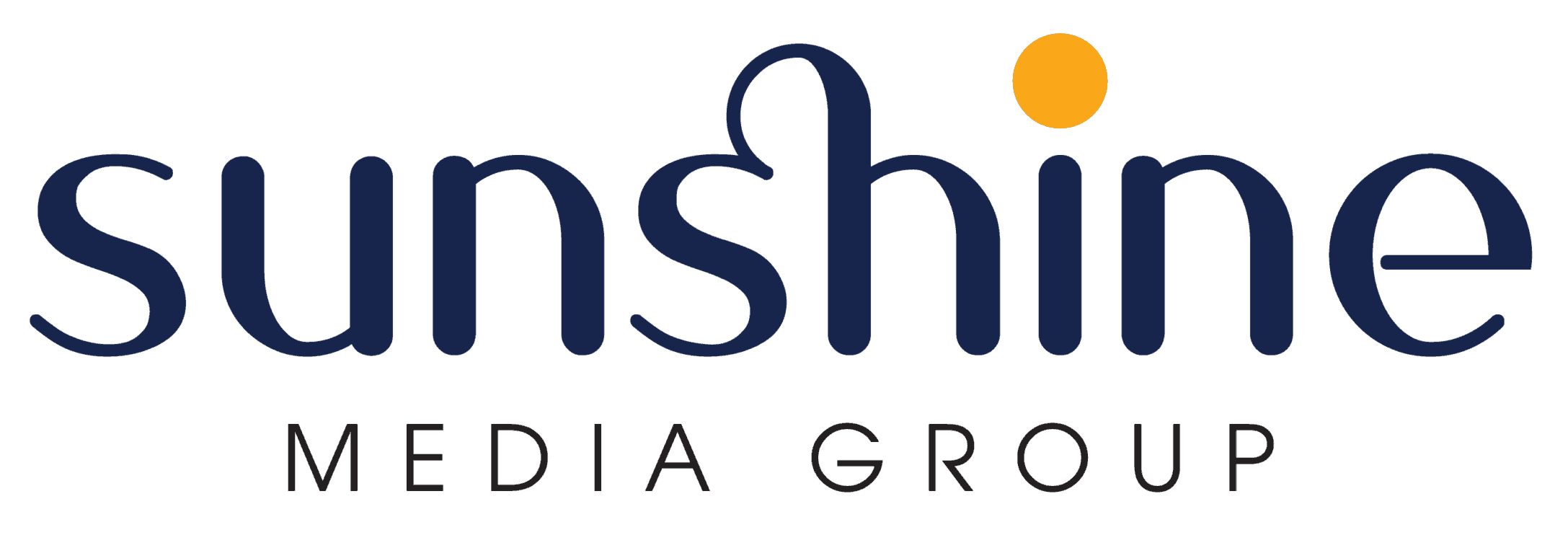This could be an environment friendly method to hurry up the event process by working tests and builds in parallel. The GitLab CI structure is designed over a distributed system of workers to parallelize the work throughout a quantity of machines. With GitLab CI, you probably can define runners (pieces of software that run the tasks outlined in a YAML file) to mechanically run your checks and builds whenever you continuous integration tools push code to your repository. Travis CI comes with pre-installed database companies for fast and simple setup, which makes it an ideal device for testing applications that depend on information from a database.
Every Little Thing You Have To Find Out About Salesforce Integration Testing
It’s a mindset that is so necessary, it led some to coin the term “DevSecOps” to emphasise the necessity to build a safety basis into DevOps initiatives. DevSecOps (development, safety, and operations) is an strategy to tradition, automation, and platform design that integrates safety as a shared duty throughout the entire https://www.globalcloudteam.com/ IT lifecycle. A key component of DevSecOps is the introduction of a safe CI/CD pipeline. GitLab CI is a built-in CI/CD service inside GitLab, streamlining the software development lifecycle by automating constructing, testing, and deploying applications. Key options include seamless integration with GitLab repositories, configurable pipelines utilizing YAML information, parallel and distributed builds, Docker support, environment management, and monitoring/analytics.
Codeship: A Cloud-based Ci Device With Quick Builds
Azure Repos supports utilizing either Team Foundation Version Control (TFVC) or Git repositories for supply control, and Azure Pipelines helps implement continuous integration and delivery of applications. Codefresh is a modern continuous integration and continuous supply toolchain constructed on the inspiration of GitOps and Argo. Continuous Integration (CI) and Continuous Delivery (CD) methodologies have significantly evolved over the past decade, paving the way in which for extra streamlined, efficient, and effective software program improvement practices. Commonly referred to as CI CD, these interconnected methodologies kind the blueprint of contemporary software program improvement.
Your Favourite Devops Automation Platform
TeamCity presents a 14-day free trial for its cloud model and free on-prem tier with full entry to all product features but restricted to 100 construct configurations and three construct agents. TeamCity also gives 50 p.c off for startups and free licenses for open source projects. The license for cloud groups starts from $45 per thirty days and is determined by the variety of energetic committers. Switching to Agile methods helped scale back programming cycles to weeks and launched steady-interval supply. Modern apply of steady integration (CI) and steady delivery (CD) rolls out program updates even sooner, inside days or hours. That’s the end result of the frequent submission of code right into a shared repository in order that builders can easily monitor defects utilizing automated checks, and then repair them as soon as possible.
What’s Included In Steady Delivery Tools?
TeamCity’s scalability and superior reporting capabilities make it a best choice for giant organizations.Continuous integration instruments are essential for contemporary software development groups. They enable developers to streamline the CI/CD process, catch and resolve issues early, and deliver high-quality software program persistently. Jenkins is widely known because the pioneering open-source automation server that has considerably influenced the event and adoption of Continuous Integration/Continuous Deployment (CI/CD) practices. Its extensive plugin ecosystem is considered one of its most celebrated options, allowing users to extend its performance in limitless methods to meet the precise calls for of nearly any project. This flexibility, combined with the platform’s open-source nature, makes Jenkins extremely adaptable to different project necessities and development environments. A continuous integration service referred to as Travis CI automates software utility growth, testing, and deployment.
Any Cost Source, Multi Function View
CodeShip by CloudBees is an AWS-based software-as-a-service answer for working CI/CD. By means of parallel pipelines, concurrent builds, and caching, CodeShip permits for deploying with ease multiple occasions per day. It lets you shortly scale your cloud resources (CPU and memory) as you grow. DevOps stands for Developer Operations, and is a mix of software growth and operations. Continuous Integration (CI) is a practice where development groups regularly combine code adjustments right into a central repository.
Finest Practices For Incorporating Continuous Integration Instruments Into An Present Development Workflow
Continuous integration (CI) and continuous delivery or deployment (CD) are key DevOps practices that provide teams with rapid feedback on their newest code changes and assist enhance code quality. With a good CI/CD course of in place, software program growth teams can move toward more frequent releases, thereby delivering more value to users and benefiting from their feedback. OpenShift GitOps permits clients to construct and combine declarative git driven CD workflows directly into their software growth platform.
Continuous Delivery With Codefresh
GitLab allows you to trigger builds, run checks, and deploy code with each commit or push. You can construct jobs in a digital machine, Docker container, or on another server. Enterprises are making their moves toward DevOps methodologies and Agile culture to speed up delivery pace and ensure product quality. In DevOps, a steady and automatic supply cycle is the spine that makes fast and reliable supply possible. However, this labor-saving technique encounters friction when changes battle, requiring further steps to combine code.
It is a best practice to measure the CI pipeline speed and optimize as necessary. Pull requests are an opportune time to kick off the CI pipeline and run the set of automated approval steps. An extra, manual approval step is often added at pull request time, during which a non-stakeholder engineer performs a code evaluate of the feature.. This allows for a contemporary set of eyes to evaluation the new code and functionality. The non-stakeholder will make edit recommendations and approve or deny the pull request. The following tools allow CI/CD teams to perform continuous testing extra efficiently.
CI methods encourage developers to submit code changes several times day by day, prioritizing small, targeted changes to specific duties or features. Using instruments corresponding to pull requests (description) and merge requests, teams can provoke code critiques and discuss issues before merging new code, in order that errors are caught early on. CI starts with a central repository where all builders commit their code. Central repositories function the cornerstone of CI practices and are sometimes managed by model management methods (VCSs) such as Git and Bitbucket.
- By utilizing CI CD tools, builders can frequently replace their applications without manually managing each change individually.
- It presents a straightforward setup process and supports versatile pipelines.
- Selecting the proper Continuous Integration/Continuous Deployment (CI/CD) tools is essential for automating the software development processes, from coding through building, testing, and deployment.
- This approach reduces the time between growth and deployment, permitting for quicker iteration and feedback loops.
These pre-installed databases can present a ready-made data store already populated with data, which could be helpful when testing builds in opposition to a constant, known state. Jenkins could be put in and run on-premises or used as a cloud-based service. It helps most environments out of the box through native integrations and extensible plugins. It offers complete dashboards that offer visibility from code to cloud while integrating together with your favourite tools. A centralized dashboard provides insight into deployments at scale while providing the safety and support enterprises need. Automation permits growth and operations groups to roll out updates faster and more frequently.
It’s cross-platform and runs on all the latest variations of Windows, Linux, macOS, and different Unix variations (Solaris, FreeBSD, IBM z/OS, and HP-UX). Some instruments simplify a build process more than others because of their clear-cut consumer interface and build visualizers enabling you to manage and configure CI/CD pipelines (sequences of jobs) graphically. A well-designed UI/UX also considerably flattens the educational curve, making the adoption process go faster. It’s worth noting that some CI/CD tools are tied to a specific VCS, cloud provider, and/or virtual machines limiting your deployment choices. As you build a product, your codebase retains rising and, until properly managed, can turn out to be a digital Rubik’s dice for future builders to resolve. Back in the day, when waterfall methodology ruled, it might take months or even years to deliver a product’s first shippable version.






